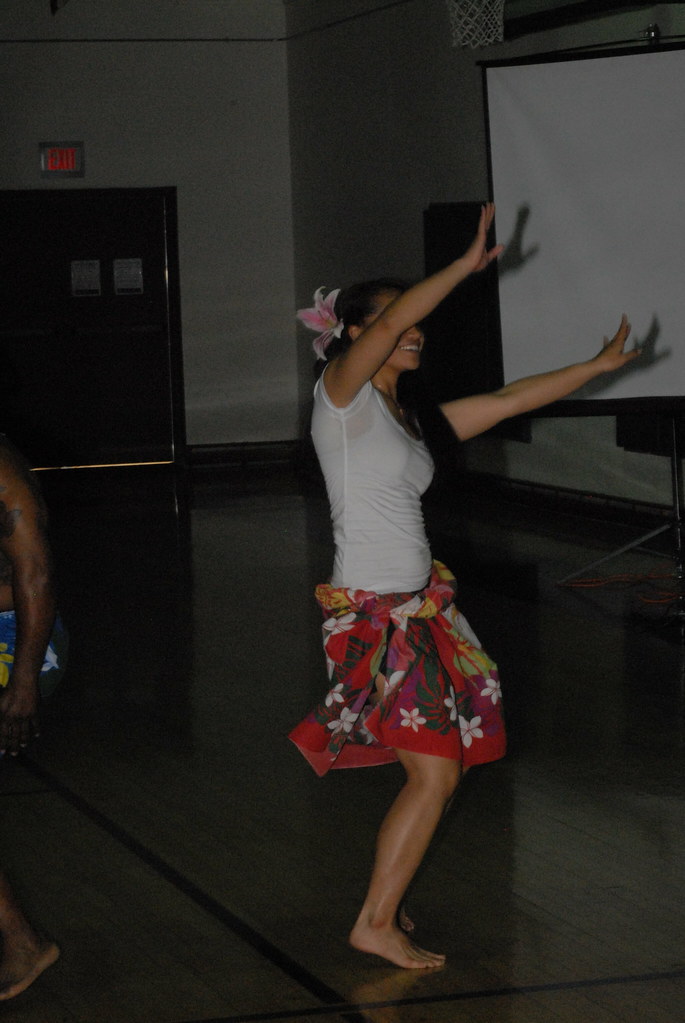A ceremony is a significant occasion in Central Asia that honors the region’s wandering prior and is typically accompanied by sizable festivities. While some customs were outlawed during the 60 to 70 centuries of Soviet/russian law, others are still practiced today.
For instance, brides in Kyrgyzstan frequently live with their fresh in-laws for weeks or even months prior to the wedding ceremony. During this time, she does receive advice on how to be a excellent wife from her female family members. In the past, they will also perform tracks to strengthen the relationship. This time period is referred to as Kazakh” Salom Beru” or” Kelin Salam”. During this time, the bride dons a traditional costume and mask. She may formally welcome visitors by bowing. Additionally, she did receive a white shawl, which represents beauty.
Additionally, the man will give presents to the couple’s adult family. He may also pay a dowry to her family group in some areas of the country. 90 % of all wedding ceremonies in Turkmenistan involve paying this “bride’s price,” which can contain horses, cattle, funds, needlework, and gowns. This practice was outlawed during the Communist time but is now becoming more popular. Both households likely be joined by their friends and neighbors at the real wedding specific occasion. The invitee checklist, which is frequently lengthy, reflects the social standing of the locals.
Both families may get ready for a sizable feast before the true ceremony ceremony tajik bride. The bridegroom likely subsequently engage in a facial-uncovering ritual. This entails shooting an dart three occasions into a hole in the house’s roof. The arrow narrowly misses the woman’s nose on the first two attempts. The fourth bow strikes her in the make. She will then be able to see after unbuttoning the cloth that was covering her face. This serves as a representation of her popularity of the union.
The wedding is driven to her innovative residence by her female in-laws on the day of the bride. Behind a curtain (koshogo ), which is typically hung in the middle of the room, she will be greeted. After that, she’ll hide from her innovative husband’s male cousins in this area for a few days. She likely receive more light scarves during this time from the community. Additionally, she did get her hair combed and be blessed by the female family members.
She will be shown to her fresh bathroom after the wedding. A bed canopy and embroidered cushions have usually been used to decorate the room. The couple may then receive invitations to events that their new in-laws are hosting. The few may be served a variety of foods at these gatherings, such as traditional rice dishes and chicken stew. Additionally, they will be required to break flatbreads in front of their visitors.
Some areas of central Asia even engage in a practice of non-consensual wife theft known as “marriage by violence.” The child either decides to get married and asks his families to pick his wife, or his mother tells him that she has been picked for her son. This training is most common amongst the Kazakhs, Uzbeks and Karakalpaks, an automatic region in southern Uzbekistan.


Recent Comments